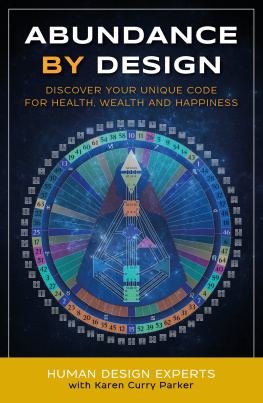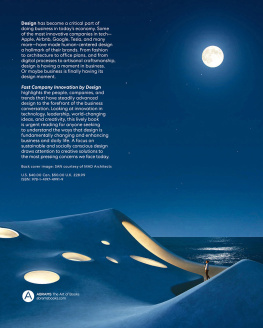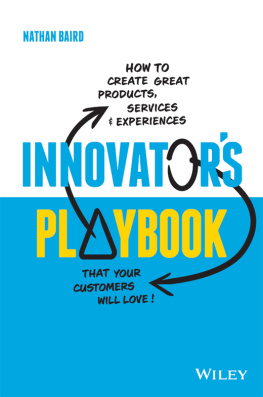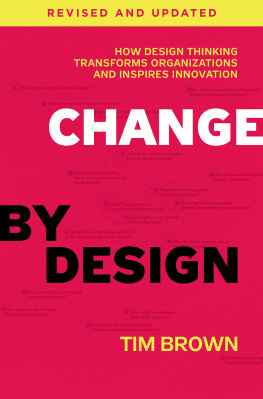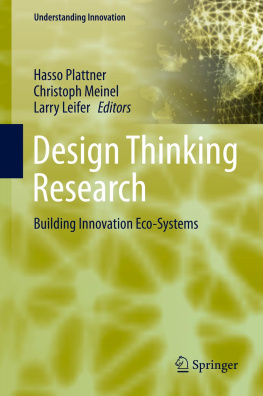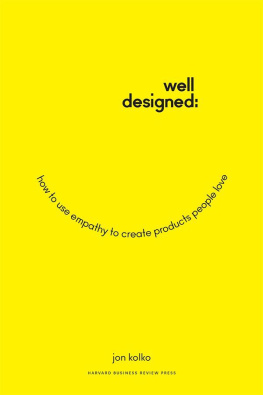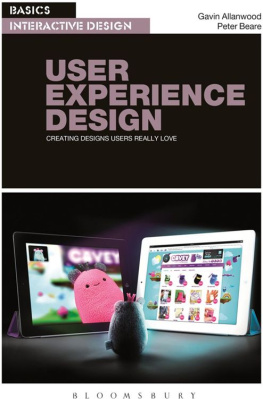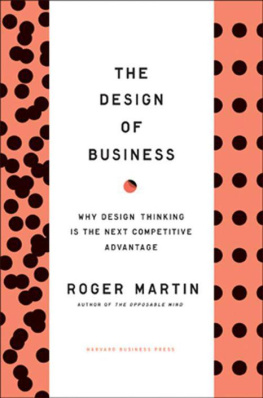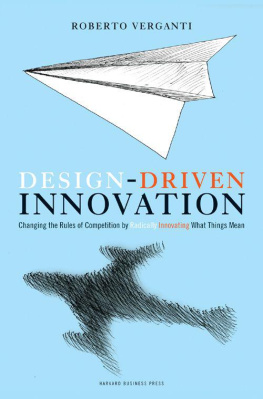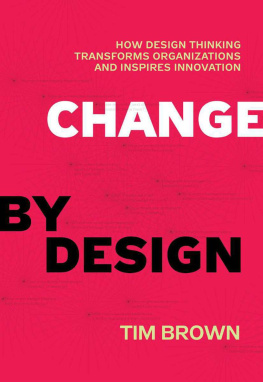Contents
Guide
THE HUMAN SIDE OF INNOVATION
THE HUMAN SIDE OF INNOVATION
THE POWER OF PEOPLE IN LOVE WITH PEOPLE
MAURO PORCINI
Chief Design Officer of PepsiCo
FOREWORDS BY RAMON LAGUARTA AND INDRA NOOYI

The Human Side of Innovation
Copyright 2023 by Mauro Porcini
All rights reserved. No part of this publication may be reproduced, distributed, or transmitted in any form or by any means, including photocopying, recording, or other electronic or mechanical methods, without the prior written permission of the publisher, except in the case of brief quotations embodied in critical reviews and certain other noncommercial uses permitted by copyright law. For permission requests, write to the publisher, addressed Attention: Permissions Coordinator, at the address below.

| Berrett-Koehler Publishers, Inc.
1333 Broadway, Suite 1000
Oakland, CA 94612-1921
Tel: (510) 817-2277, Fax: (510) 817-2278
www.bkconnection.com |
Ordering information for print editions
Quantity sales. Special discounts are available on quantity purchases by corporations, associations, and others. For details, contact the Special Sales Department at the Berrett-Koehler address above.
Individual sales. Berrett-Koehler publications are available through most bookstores. They can also be ordered directly from Berrett-Koehler: Tel: (800) 929-2929; Fax: (802) 864-7626; www.bkconnection.com
Orders for college textbook/course adoption use. Please contact Berrett-Koehler: Tel: (800) 929-2929; Fax: (802) 864-7626.
Distributed to the U.S. trade and internationally by Penguin Random House Publisher Services.
Berrett-Koehler and the BK logo are registered trademarks of Berrett-Koehler Publishers, Inc.
First Edition
Hardcover print edition ISBN 978-1-5230-0288-7
PDF e-book ISBN 978-1-5230-0289-4
IDPF e-book ISBN 978-1-5230-0290-0
Digital audio ISBN 978-1-5230-0291-7
2022-1
Book production, text, and cover design: Debbie Berne
Author photo by Dave Puente
To Beatrice,
to Carlotta,
to Stefano,
to Mom and Dad, and to those still to come
Contents
by Ramon Laguarta
by Indra Nooyi
Foreword by Ramon Laguarta
When I became CEO of PepsiCo in 2018, one of my first initiatives was to organize a two-day meeting every month for our top executives to co-create with me the vision and mission of the company. On the first day of our first meeting, during one of the breaks, I approached our chief design officer, Mauro Porcini. I told him that I had a special assignment for him. I needed him to be one of those individuals on the leadership team who think differently. I asked him to bring design thinking into the mixto question our assumptions. I asked him and his teams around the world to bring a disruptors mindset to a company that wanted to shake things up.
By that time, Mauro had been leading our design function since its formation in 2012. For the first six years of its existence, the design function had been operating with a start-up mindset, as a creative group of pioneers churning out high-quality work. Now, I wanted PepsiCo to take things to the next level and become a fully design-driven company, a company aiming to be the most human-centered and innovative organization in the world. That meant design needed to graduate to a scale-up mindset. And it meant Mauro and his team needed a seat at every table, and they needed to be among the loudest voices at those tables.
This elevation of a human-centered approach to innovation was directly tied to the changes we were seeing in societychanges that have only accelerated over the past few years. People are demanding what they want, when they want it, at a price they can afford. They want products that are better for themselves and the planet. And they want to feel a personal connection to their favorite brands. In other words, the future of brand building and product innovation, along with the future of organizational culture, is human.
In this book, Mauro explains the steps that any company should take to apply this approach at scale. Let me give you two examples mentioned in these pages that come from our PepsiCo world.
The first is a product innovation example: SodaStream Professional. This is our custom beverage fountain that lets people customize their own water experiencefrom flavors and functional ingredients to temperature, carbonation, and moreadopting reusable bottles and a QR code to limit single-use plastic and save the individuals personal preferences. SodaStream Professional is a critical tool for building out our ecosystem of customized beverage options, while also helping to meet the needs of people who are looking to lead healthier, more sustainable lives. This is what human-centricity is all about: an approach to innovation that creates value for individuals and for society.
The second example is related to culture. When I approached Mauro on the first day of our monthly meeting, I wasnt asking him to design a specific product or experience. I was asking him to help transform our culture by voicing his opinions fearlessly, acting as an owner, and focusing and getting work done fast. And thats exactly what he has doneand what he talks about in this book. This approach was part of his instinct and his way of thinking and acting. I gave him an opportunity and a platform to unlock his potential. Today, we are a company infused with design-led thinking across our entire portfolio of products. Through this culture, we create new reservoirs of value for the end usersthe human beingswho engage with our company.
These two examples only scratch the surface of Mauros insights, gained over two decades of working in corporations and agencies. In this book, he goes into depth about the mindset and strategies he has used to champion a more people-focused approach to innovation. It is a fascinating study of what it takes to drive change at the team and organizational levels. And it offers a blueprint for anyone who aspires to build companies and brands while growing as a leaderand as a human being.
Ramon Laguarta, Chairman and CEO of PepsiCo
Foreword by Indra Nooyi
I have always loved the language of designthe artistry, the creativity, the ingenuity, the attention to detail. Design is one of the few universal languages capable of evoking a whole range of feelings without a single word. Good design is also good business. Design can help us find new, more powerful ways of making enterprises more dynamic, of engaging people and partners and firing their imaginations. A design-driven company is, by definition, human-centered and innovative.
When I was CEO of PepsiCo, I was determined to make design an integral part of our companys future. Thats why, in 2012, we created our first ever corporate design team. We knew that to be successful, design needed to be central to how we ran our business. It needed a voice in the decision-making process. And it needed a leader who could command respect in every space he entered, from boardroom to fashion house. In other words, it needed Mauro Porcini.


